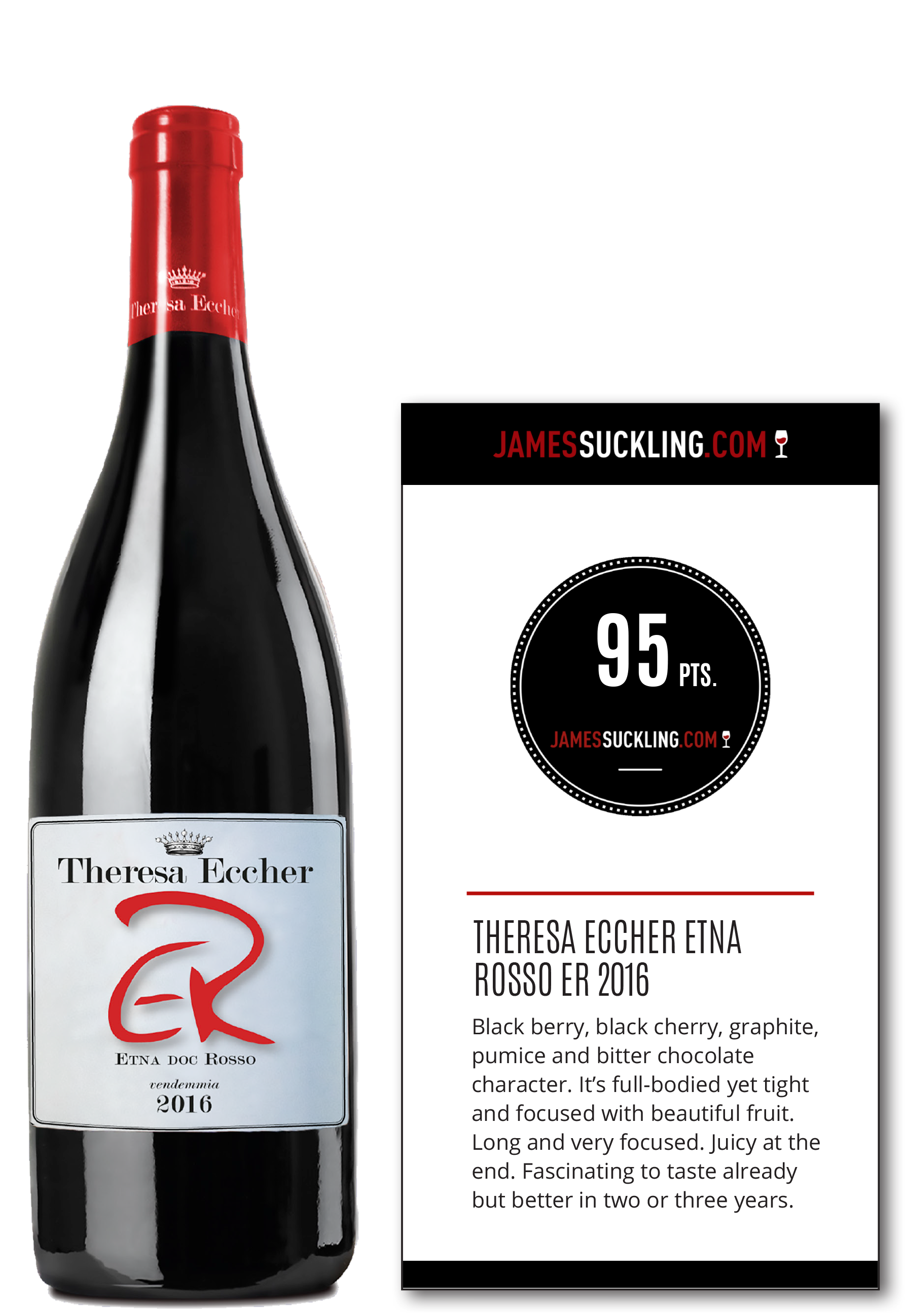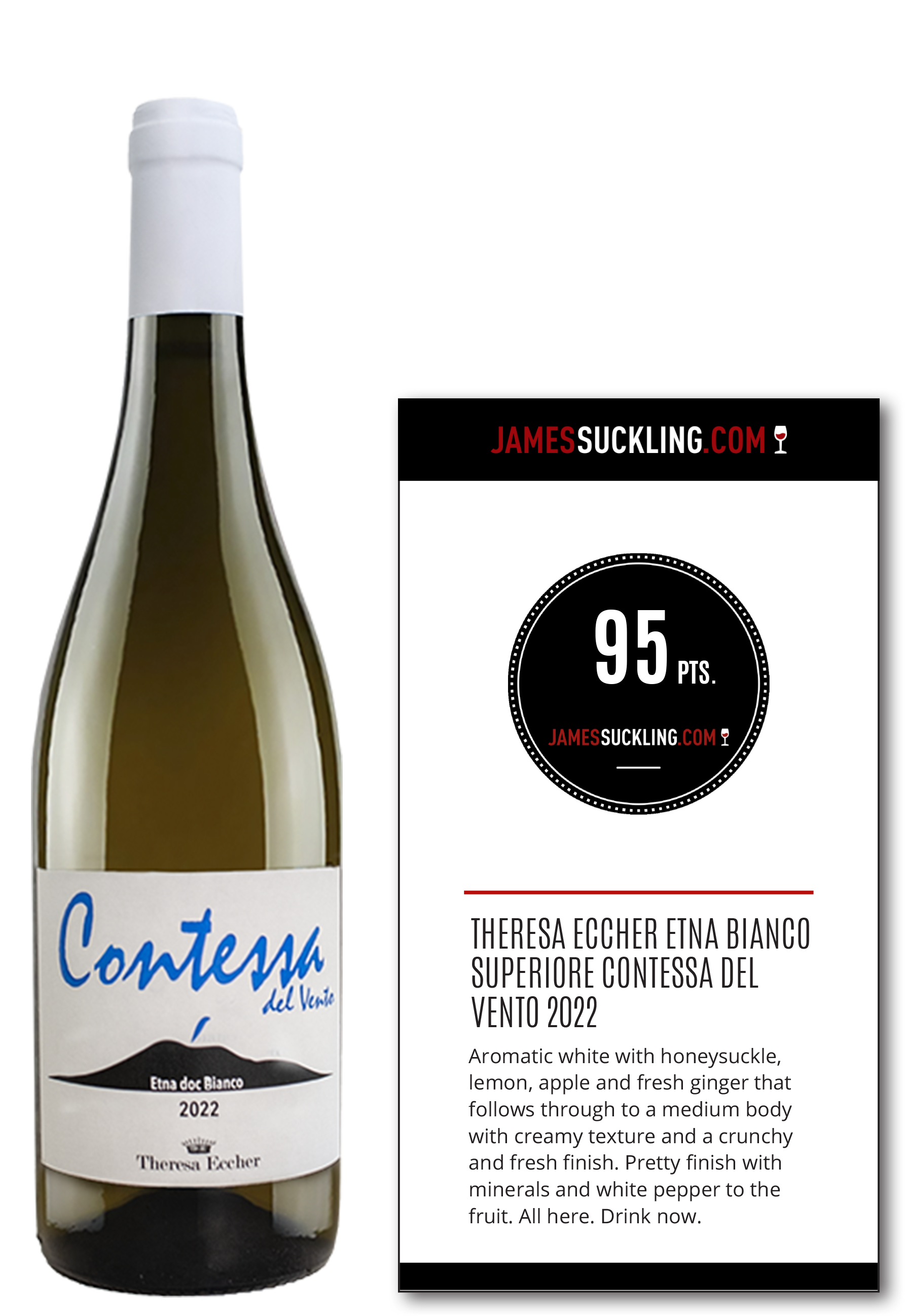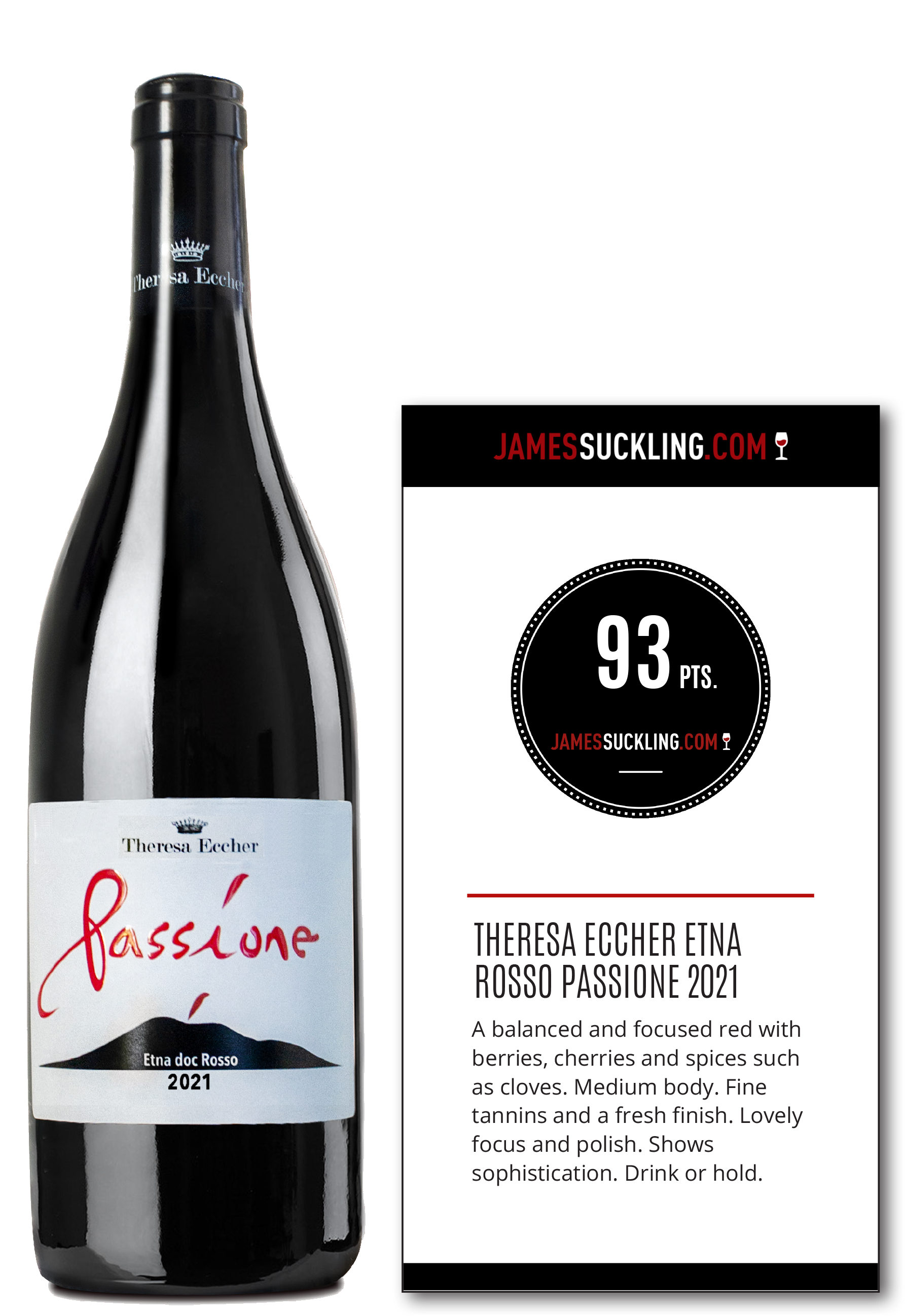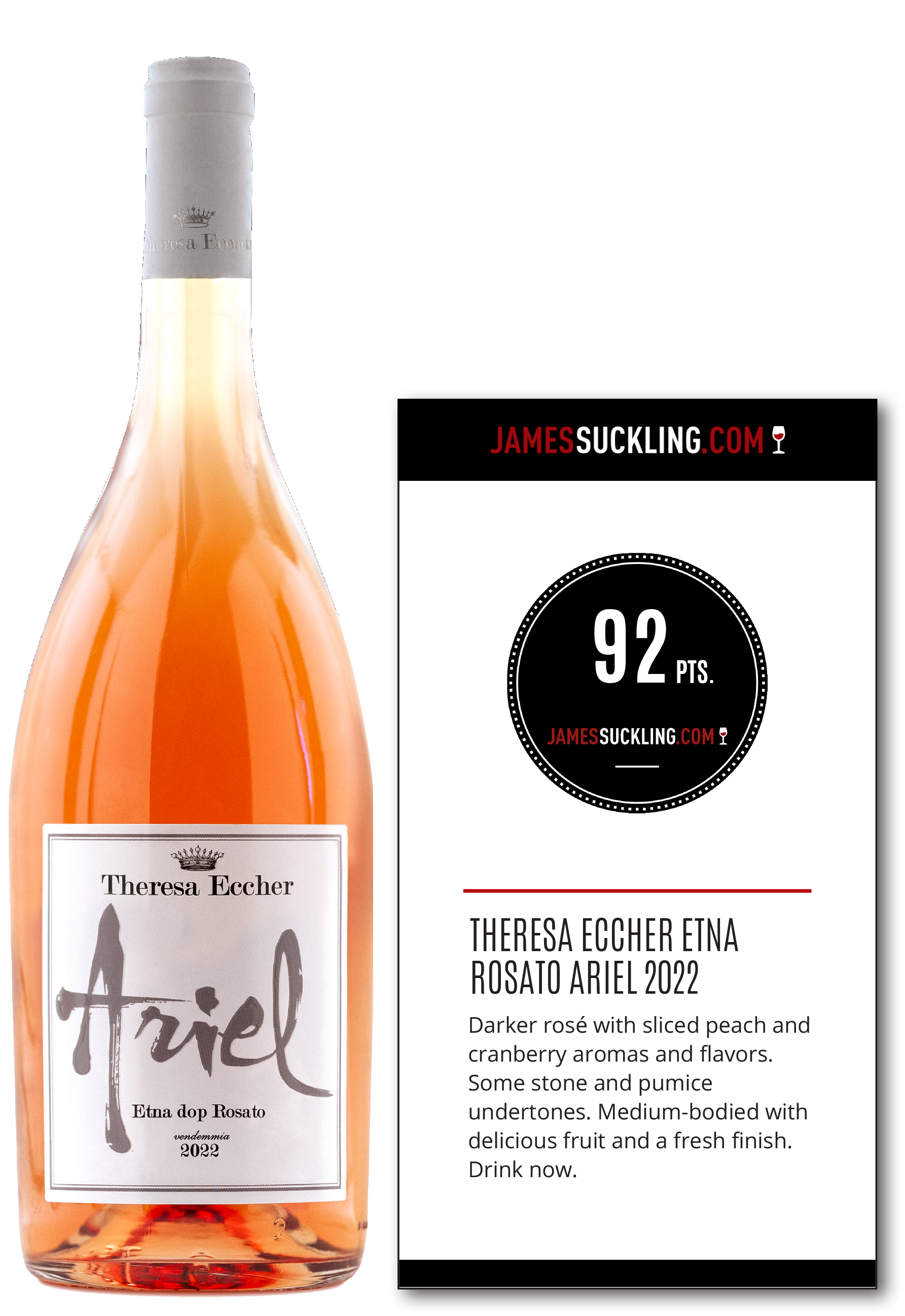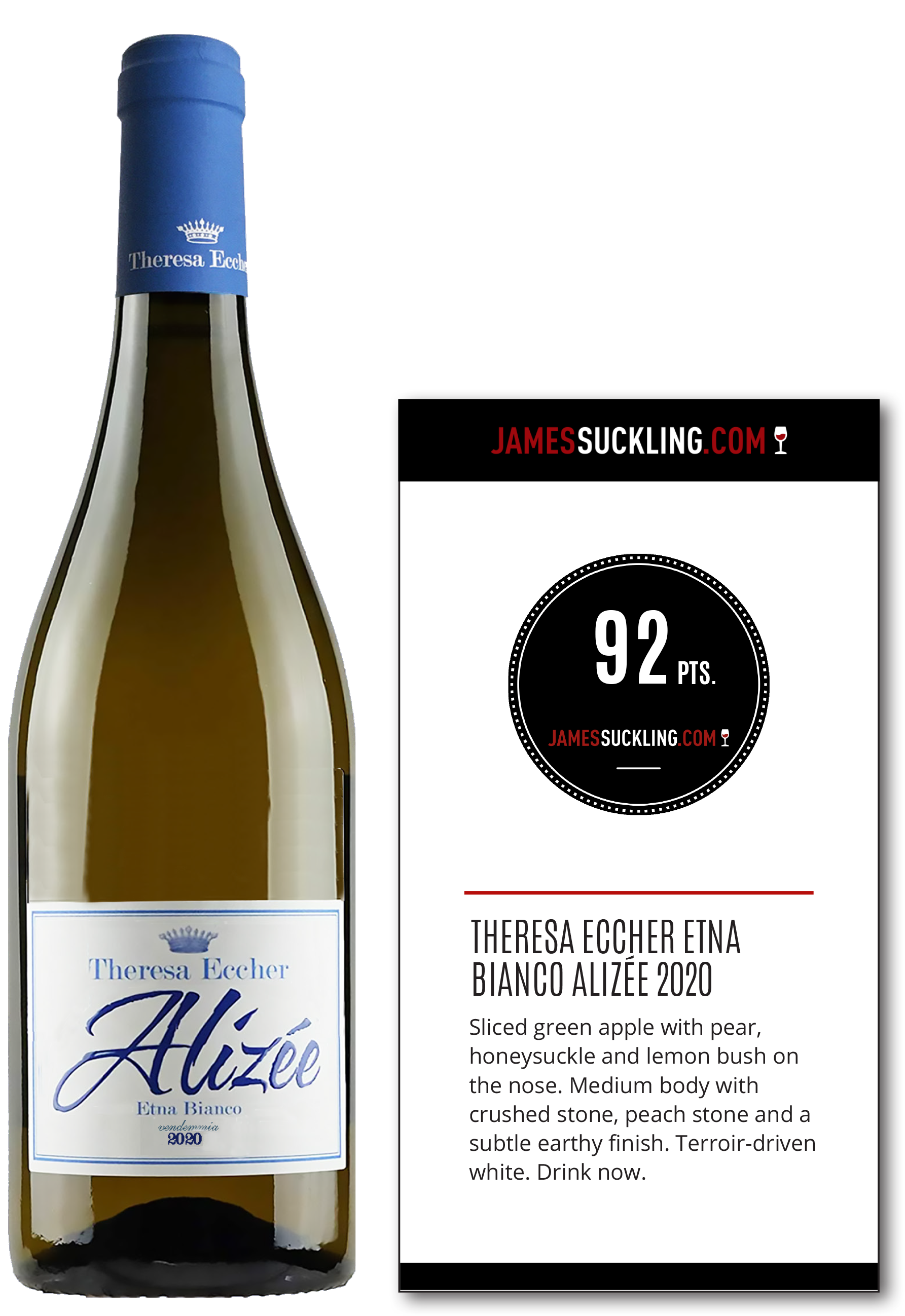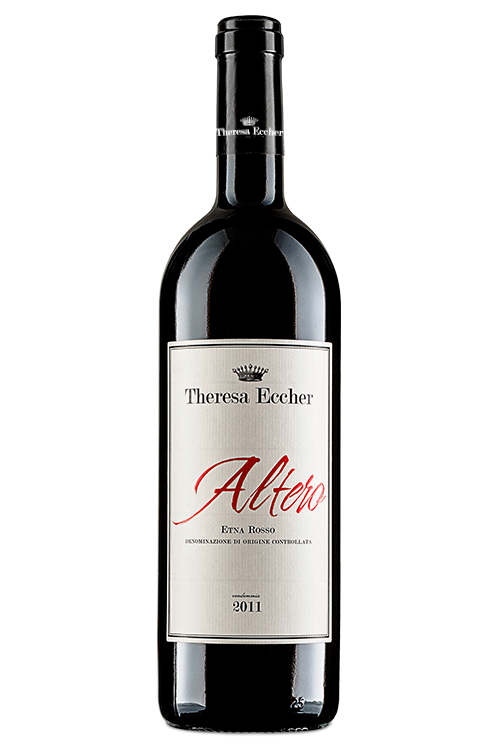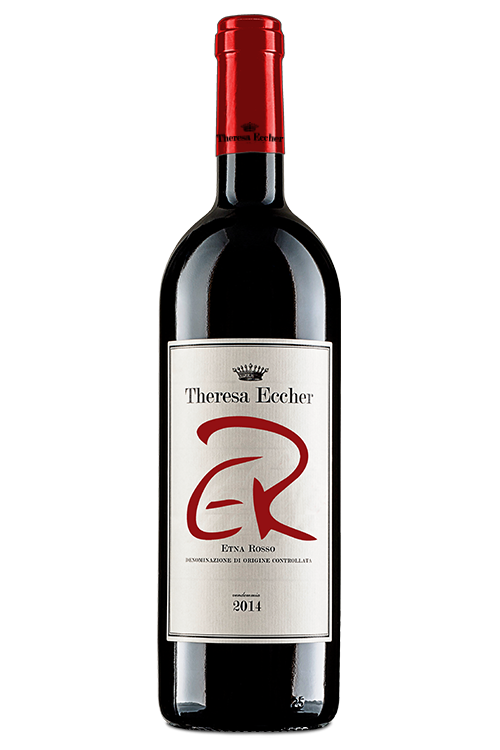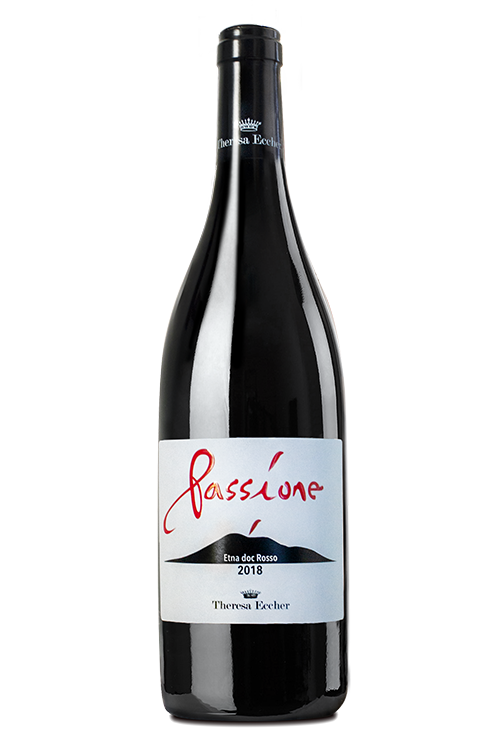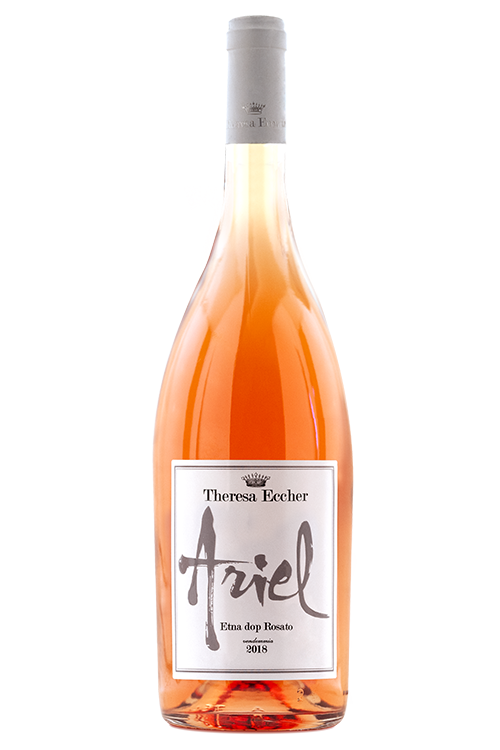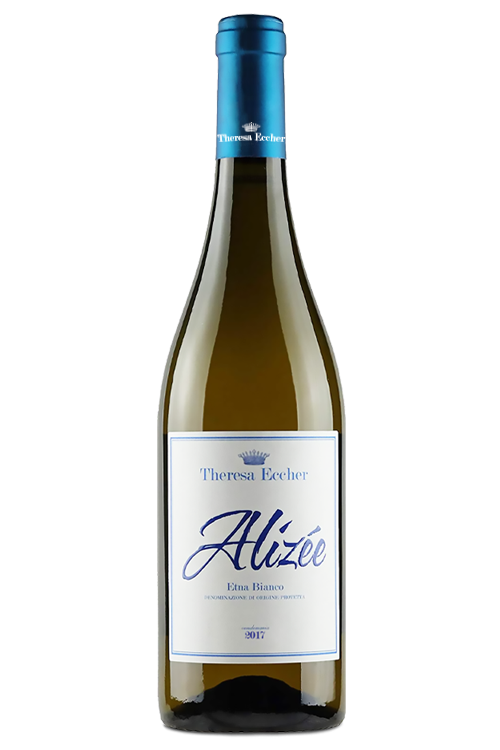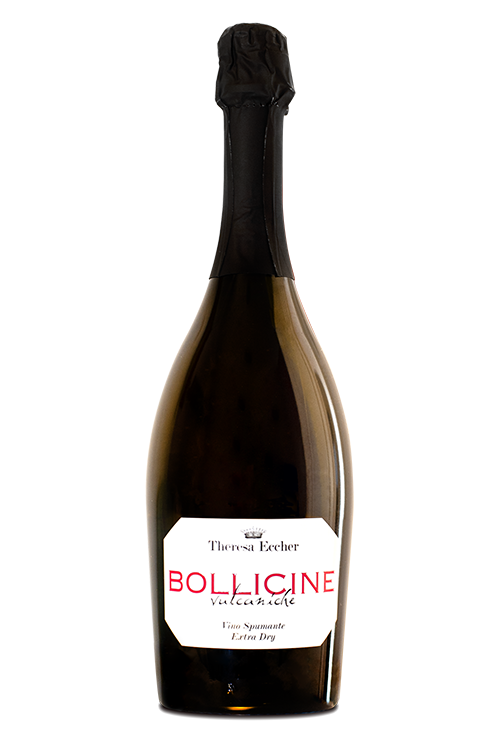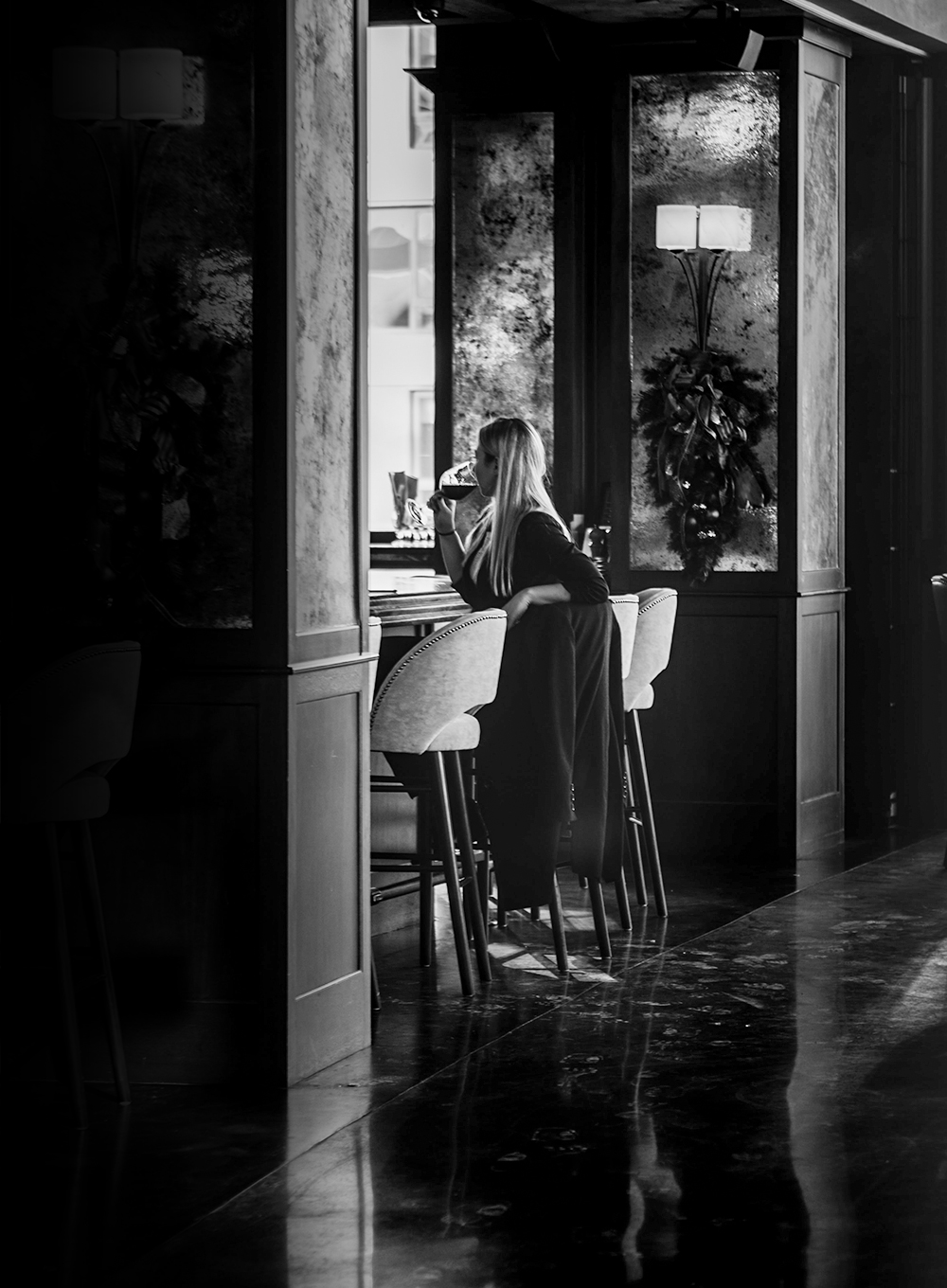
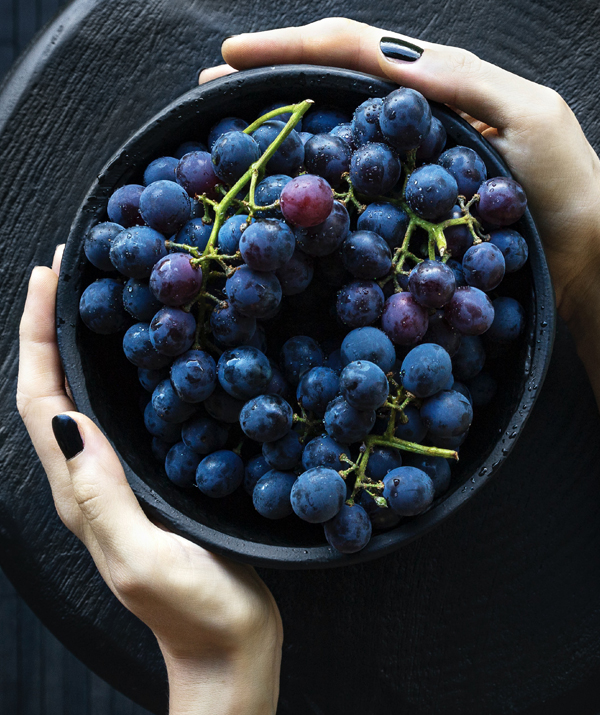
Inovative Winemaking
For us at Theresa Eccher, innovation is a return to origins: respect for the territory and the vineyard. And this involves the choice of not doing any chemical treatment and therefore producing organic grapes. We work with native vines, which can give their best in their environment. The vinification processes respect the natural evolution of the wine, which is accompanied in the various stages of maturation.
The care we put into making wine is that which is due to living things, because for us wine is life, harmony, thought, passion, culture.
DiscoverOur Wines
Wine production is something more than a normal industrial business, it is somehow close to art..
The Vineyard
Seeking and finding excellence, breaking the mold, out of fleeting taste trends. Salvaging deep-rooted and forgotten vineyards. Working to achieve the pleasure of a quality without compromise, whenever and wherever. This is the basic phylosophy of Theresa Eccher plan. There is no room for any concession in this plan, as we are sure that real wine lovers choose the best. Our practices and our product specifications deeply respect people who consider wine as a rare and precious element, as we do.
IntroducingThe Grapes varietals
Nerello Mascalese
It is the undisputed king of the Etna vines. Nerello Mascalese is a native red grape variety of Sicily, specifically from the eastern part of the island, whose origins can be traced back to the Greek colonization of the 7th century BC. Despite the lack of certain historical sources given the time, there is still the certainty that the Nerello Mascalese can be traced back to the foundation of Naxos.
The grapes of Nerello Mascalese have a characteristic oblong shape and are light red in color. Nerello mascalese matures very late, in fact its harvest takes place between the second and third week of October. Like Nebbiolo and Pinot Nero, it has a remarkable sensitivity to the vintage and the territory of origin. Wines produced with Nerello Mascalese have a strong propensity for aging.
Nerello Cappuccio
Nerello Cappuccio (or Nerello Mantellato), owes its name to the conformation of its leaves which, like a mantle, seem to wrap their bunches. Although no documents have been received that ascertain its exact origin, in all likelihood this vine found its location several hundred years ago in the plain of Catania. It has a medium-large leaf and a small, compact cluster, characterized by a shape that resembles a pine cone. The grape has a regular shape, is small and has a black-blue color and a thick skin covered with bloom. The pulp is juicy, moderately sweet with some acidulous hints. Due to the high index of total anthocyanins and the low level of proanthocyanidins, Nerello Cappuccio allows to obtain wines with splendid color.
Carricante
Nerello Cappuccio (or Nerello Mantellato), owes its name to the conformation of its leaves which, like a mantle, seem to wrap their bunches. Although no documents have been received that ascertain its exact origin, in all likelihood this vine found its location several hundred years ago in the plain of Catania. It has a medium-large leaf and a small, compact cluster, characterized by a shape that resembles a pine cone. The grape has a regular shape, is small and has a black-blue color and a thick skin covered with bloom. The pulp is juicy, moderately sweet with some acidulous hints. Due to the high index of total anthocyanins and the low level of proanthocyanidins, Nerello Cappuccio allows to obtain wines with splendid color.
Catarratto
Catarratto is a vine perhaps even older than Carricante and, despite being widespread throughout Sicily, it shows privileged production areas such as the province of Trapani and the Etna area. It has a medium-sized, pyramidal, elongated and compact cluster with two wings. The berries are also medium-sized, spherical, not very pruinose, green-yellow tending to gold on surfaces exposed to direct sunlight.
It is the first grape grown in Sicily and the second in Italy after the Tuscan Trebbiano.
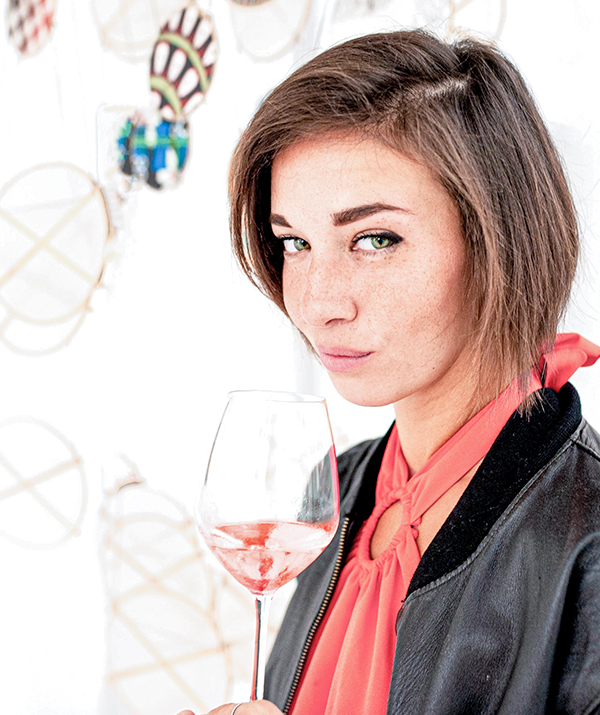
WinemakerThe Woman behind the wine
Wine is life, harmony, thought, passion and culture.
Wine production is something more than a normal industrial business, it is somehow close to art. Because we don’t only have to harvest, we have to prepare wine: just starting from the vine, then selecting the bunches, harvesting and squeezing them in the right season. We don’t squeeze them too much, because the first grape juice is the best one. In other words, we look after the wine production as if it were a living thing.
Love & Respect
for nature from generation to generation John Wine Duoh
Browse ourInstagram
Browse theLatest News
No posts found



